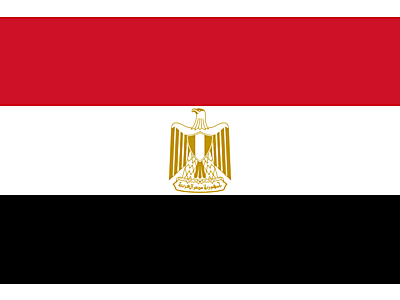Life in Ancient Egypt: what was it like?
Posted by khethiwe qotyana on 27 March 2018, 13:55 SAST

Egypt’s pharaohs have left an impressive legacy of stone architecture, monumental inscriptions and religious art, allowing us to reconstruct their achievements with a fair degree of certainty. But what was daily life like for the ordinary Egyptian? Here, Egyptologist Joyce Tyldesley shares 10 lesser-known facts…
1) Who were the ‘ordinary people’?
Imagine the population of ancient Egypt arranged in a social pyramid: the pyramid base is supported by slaves, servants and the serfs; and tenant farmers work the estates owned by the king, the elite and the temples.
Next come the skilled and semi-skilled artisans; the soldiers, sailors and those employed on the great state projects (the building sites, tombs and temples). Above them are the educated professional classes, including scribes, accountants and doctors. Finally come the nobility; the elite who control much of Egypt’s wealth.
The royal family remain exclusive and aloof at the top of the pyramid, while the king, or pharaoh – the only mortal who is deemed able to communicate effectively with the state gods – is superior to everyone.
2) The family
Egypt had the highest birth rate in the ancient world. And yet, things were far from perfect. Illnesses and accidents could not be avoided, and there was no welfare programme to protect the unfortunate. The family provided the only reliable support mechanism and was therefore an institution of immense importance, with marriage a practical rather than a romantic bond, designed to create a viable economic unit.
Everyone, even the gods and goddesses, married. An unmarried man was seen as incomplete, and schoolboys were advised to wed early and father as many children as possible. Destined to follow in their parents’ footsteps, boys were trained in the trades and professions by their fathers and uncles, while girls stayed at home to learn from their mothers. In their early teens girls would marry and the cycle would start again.
3) Mistress of the house
Husbands and wives had complementary but differing roles within the marriage. While the husband worked outside the home, earning the rations that would feed his family, the wife or ‘mistress of the house’ ran the household, providing food, drink, clothing and cleaning services as needed.
To reflect this traditional allocation of duties, the Egyptian artists depicted women as pale skinned ‘indoor’ people, while men appeared as darker skinned ‘outdoor’ workers.
Childcare, cooking and cleaning were considered important, but they have little impact on the archaeological or written record. Consequently we know less about Egypt’s women than we do about its men. One thing we do know, however, is that women had the same legal rights as men of equivalent social status. This allowed them to own their own property and to live alone without the intervention of a male guardian.
4) Childbirth
Most married women spent much of their lives either pregnant or breast-feeding. With little medical advice available, amulets and charms bearing the figures of the pregnant hippopotamus goddess Taweret and the dwarf demi-god Bes were used to protect both the mother and her unborn child.
The mother prepared for birth by removing her clothing and loosening her hair. In a wealthy household she may have retreated to a specially constructed birthing hut; this was a privilege available to few. The mother squatted on birthing bricks for the delivery, and a midwife used a sharp obsidian or flint knife to cut the umbilical cord. If something went wrong, there was very little the midwife could do to help.
Mothers breastfed their babies for up to three years.
5) The home
The Egyptians built their towns and cities from mud-brick, reserving stone for their temples and tombs. Building with this material was both cheap and fast, but unfortunately, over time, almost all the mudbrick houses and palaces have crumbled and dissolved.
Fortunately, the workmen’s village of Deir el-Medina – home of the royal tomb-builders – has survived relatively intact. Here the terraced houses were long, narrow and dark, with a wooden front door opening directly onto the main street. Each house included two living or public rooms, a storeroom or bedroom, and a kitchen equipped with a mud-brick oven. The roof over the kitchen was made from matting that would allow smoke and cooking smells to escape. Stairs gave access to the rest of the roof, which could be used as an additional living space.
https://www.historyextra.com/period/ancient-egypt/life-in-ancient-egypt-what-was-it-like/
